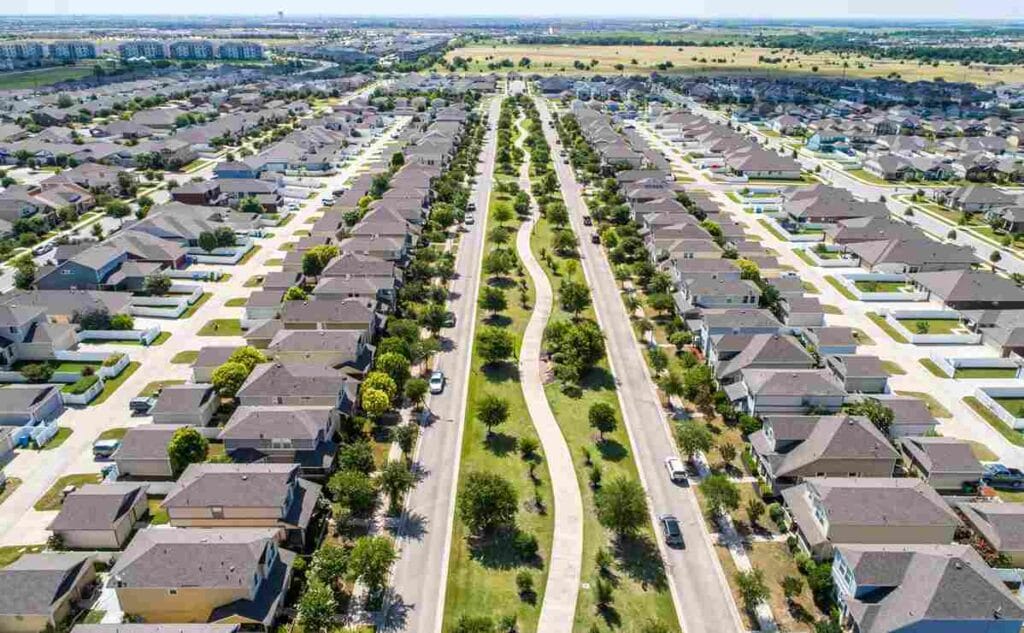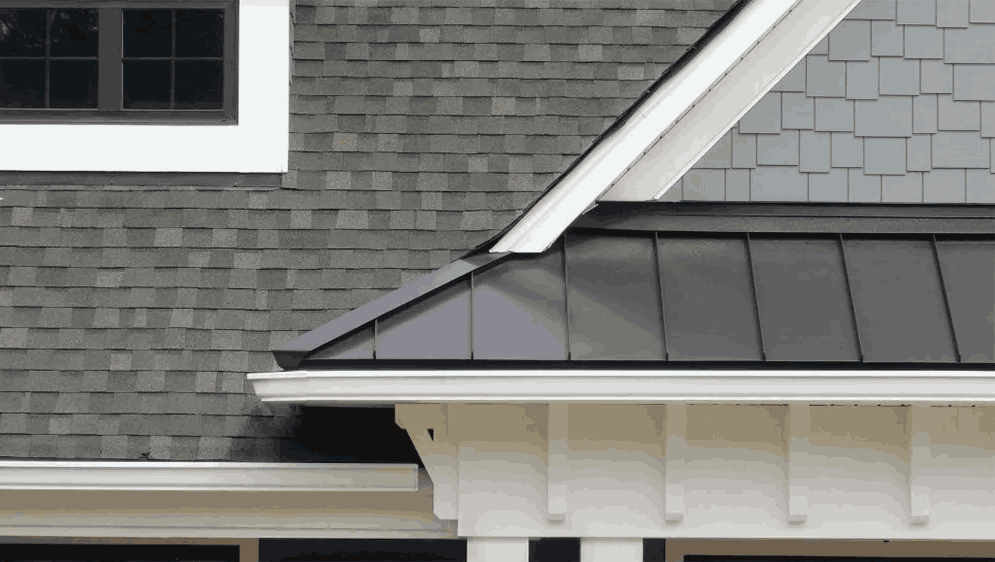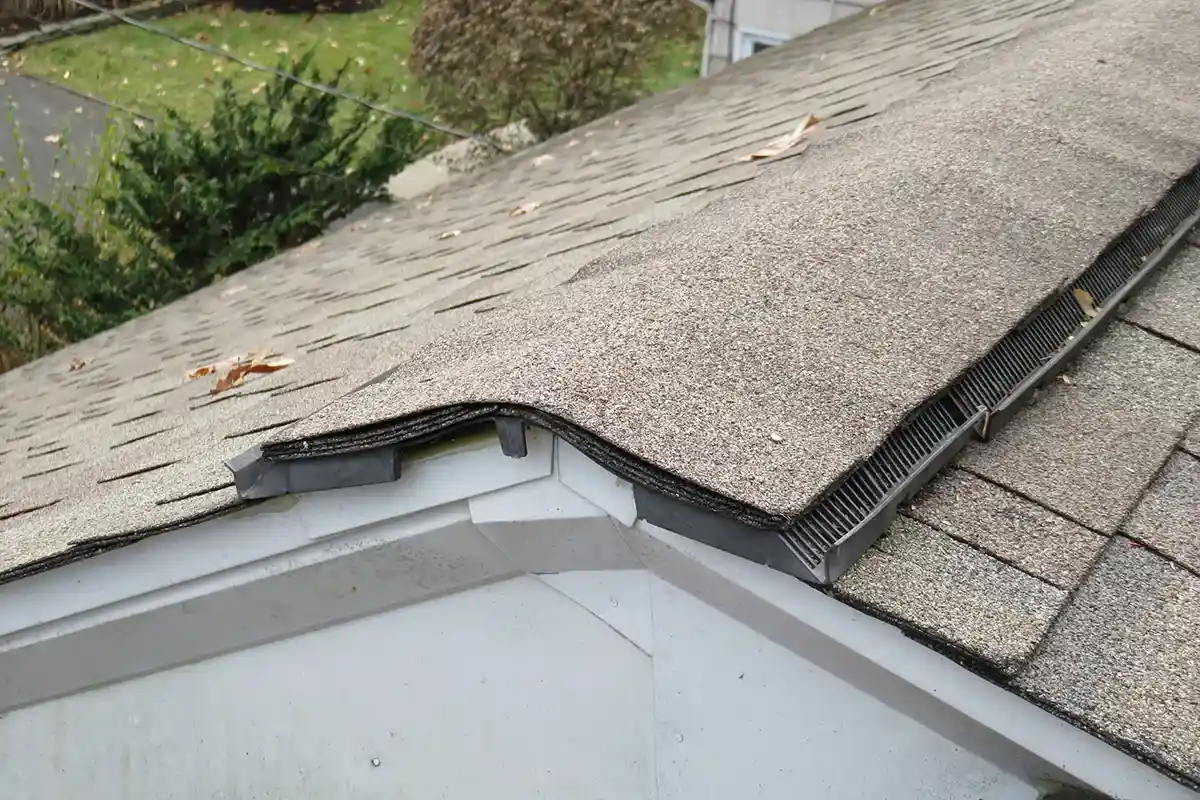
When it’s time to replace your roof, one common question homeowners ask is: Can you shingle over shingles? This cost-saving roofing technique, also known as a “layover” or “re-roofing,” involves installing new asphalt shingles over an existing layer instead of removing the old ones. While it might seem like a practical shortcut, it’s important to understand the pros, cons, and whether your home qualifies for it.
In this comprehensive guide, we’ll explore everything you need to know about shingling over shingles—when it’s allowed, when it’s not, and whether it’s the right option for your roof.
What Does It Mean to Shingle Over Shingles?
Shingling over shingles means installing a new layer of asphalt shingles directly on top of an existing one. Instead of tearing off the old roofing material down to the decking, roofers simply overlay a fresh layer. This practice is only feasible with asphalt shingles and should never be done over materials like wood shakes, slate, or metal.
Is It Legal to Shingle Over Existing Shingles?
Yes, building codes in many areas allow you to install one additional layer of new shingles over old roof. However, most codes restrict the number of layers to two. If your roof already has two layers of shingles, a complete tear-off and replacement is required.
Before proceeding, consult your local building authority or a licensed roofing contractor to ensure compliance with local codes.
Pros of Shingling Over Shingles
✅ 1. Lower Cost
Tearing off the existing shingles adds labor and disposal costs. Skipping this step can save you $1,000 to $1,500 or more, depending on the size of your roof.
✅ 2. Faster Installation
Without the need to strip the old shingles, the roofing job can be completed more quickly—often in one to two days, reducing labor time and homeowner disruption.
✅ 3. Less Mess and Noise
Tear-offs can be noisy and messy. Re-roofing is a cleaner process with minimal debris and less noise, making it more convenient for homeowners.
Cons of Shingling Over Shingles
❌ 1. Hidden Damage
One of the biggest drawbacks is that underlying roof issues—such as rotted decking, water damage, or mold—remain hidden. Skipping the tear-off prevents proper inspection of the roof deck.
❌ 2. Added Weight
Each layer of shingles adds weight. A second layer can strain your roof’s structure, especially in older homes or regions prone to heavy snow. Overloaded structures may eventually sag or fail.
❌ 3. Shorter Lifespan
Roofs with two layers generally have a shorter lifespan than single-layer installations. Heat gets trapped between the layers, accelerating wear and tear.
❌ 4. Poor Aesthetics
Re-roofing may not result in a smooth appearance. Uneven surfaces or curling shingles from the first layer can affect how the new shingles lay, leading to an unattractive finish.
❌ 5. Compromised Warranty
Some manufacturers may void the warranty of new shingles if they’re installed over an existing roof. Always check with the manufacturer and your contractor.
When Is It Okay to Shingle Over Shingles?
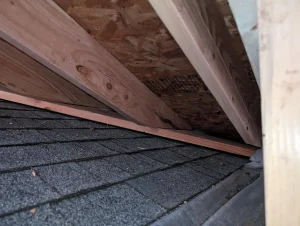
While not ideal in all cases, shingling over shingles can be a valid option under the right circumstances:
-
Only one layer of existing shingles is present.
-
The existing roof is flat and in good condition (no buckling, curling, or missing shingles).
-
There are no underlying leaks or water damage.
-
The roof structure is sound and can handle the added weight.
-
The existing shingles are asphalt-based.
Before deciding, a professional roofing inspection is crucial to determine if your roof qualifies.
When Is a Tear-Off Necessary?
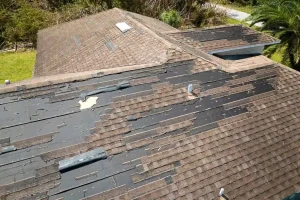
You’ll need a full tear-off if:
-
Your roof already has two layers of shingles.
-
The existing shingles are in poor condition.
-
You suspect or see signs of water damage, rot, or mold.
-
You want to install a different roofing material, such as metal or tile.
-
You’re preparing your home for sale and want the longest-lasting, most attractive solution.
What About Roof Ventilation?
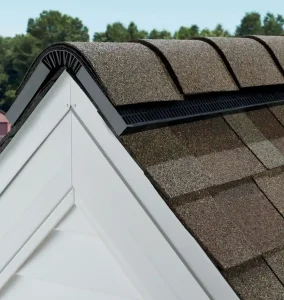
Ventilation is a key concern when layering shingles. Poor ventilation traps heat and moisture between the layers, accelerating roof aging and promoting mold. Before layering, your roofer should check and, if necessary, improve your roof ventilation system.
Will It Affect Home Resale Value?
Yes, it might. Some home inspectors and buyers view layover roofs as a red flag. They may see it as a shortcut that hides potential problems and reduces the overall life of the roof. If you’re planning to sell soon, a tear-off might be a better long-term investment.
Cost Comparison: Re-Roofing vs. Full Roof Replacement
| Roofing Method | Average Cost (per sq ft) | Typical Lifespan | Pros | Cons |
|---|---|---|---|---|
| Re-roofing (overlay) | $2.50 – $4.00 | 15-20 years | Lower cost, faster install | Shorter lifespan, can’t fix hidden issues |
| Full replacement (tear-off) | $4.00 – $7.00 | 20-30+ years | Longest life, full inspection possible | Higher cost, more labor |
Note: Prices vary by region and roofing company.
Expert Recommendation
Most roofing professionals recommend a full tear-off as the best long-term solution. While a re-roof may be acceptable in some cases, it should only be done after a thorough inspection confirms that the existing structure is in excellent condition.
Final Thoughts: Should You Shingle Over Shingles?
So, can you shingle over shingles? Yes—but with caution. It’s a costly-effective option in some cases, but it’s not always the best choice for your home. Factors like the condition of your current roof, building codes, long-term costs, and resale value should all be considered.
If you’re unsure, consult with a licensed roofing contractor who can inspect your roof and help you make an informed decision tailored to your home and budget.

